In September 2023, Sainsbury’s launched a new 16-strong range of Taste the Difference beef cuts that had a “25% lower” carbon footprint than the industry standard, making it the “largest low carbon beef range ever produced in the UK”.
The news created a bit of a stir in sustainability circles: from ‘wow that’s impressive’ to ‘hang on, wait a minute?’
Beef certainly has a hefty carbon footprint – the largest of all the foods we eat, largely due to methane, a powerful, but short-lived greenhouse gas that the animals burp and fart out.
Indeed, it’s worth noting that you’ll see references to ‘carbon footprints’ and hear companies talk about ‘reduced carbon’, but this can be a little confusing: it’s often not just carbon that’s included in these figures but a range of greenhouse gases, including methane, which are measured as CO2e – or carbon dioxide equivalents.
For example, the footprint used in Sainsbury’s calculations for the average piece of beef was 32.14kg CO2e per kg of processed meat. Meanwhile its new “reduced carbon beef” registered 24.1kgCO2 per kg – so 25% lower, as the supermarket claimed.
But while the numbers provide useful context, they were not the reason for all those ‘wait a minutes?’. Reducing emissions from beef production should be encouraged. What interested many people (myself included) was exactly how the ‘carbon’ cuts had been achieved (and how the messages were being fed to us, the consumers).
Spot the difference
Sainsbury’s press release (the statement it sends to journalists setting out the way it would like the story be told) was headlined: ‘Sainsbury’s raises the steaks with lower carbon beef’. What followed was this opener:
“Following a decade of development and five years of production, Sainsbury’s is launching a new Taste the Difference Aberdeen Angus range which could revolutionise how beef is produced in the UK. The reinvigorated range will offer a 25% lower carbon footprint compared to industry standard, making it the largest low carbon beef range ever produced in the UK.”
The new range, developed alongside the supermarket’s supplier and beef processor ABP Food Group, is from the dairy herd, which “gives our dairy farmers a guaranteed outlet and price for the calves, with confident income and allows for full transparency, from farm to fork”. Seems like a good idea.
But how about those emissions? Bringing the beef and dairy supply chain together certainly helps, with Sainsbury’s reducing carbon (greenhouse gases) “through a combination of superior cattle breeding and animal management. Measures such as strictly monitored feed and living conditions mean that healthy calves are raised in the most efficient way possible, needing less time and energy to grow, in turn emitting fewer harmful gases.”
Wait a minute: ‘..raised in the most efficient way possible, needing less time and energy to grow’? A background note hosted in the chain’s website states: “Thanks to our exclusive genetics and our farmer’s management, our cattle are growing even more efficiently; their daily live weight gain is higher, which allows them to reach the desired weight with fewer inputs, resulting in a 25% lower carbon compared to industry average.”
In other words, they’re killing the cows quicker: in fact, 20 per cent sooner than the industry standard – a fact curiously absent from all the PR, and most of the media coverage. How do we feel about those lower carbon beef cuts now?
Rapid rearing
This feels like both a distraction and effort to rationalise the intensification of animal farming by Sainsbury’s Ruth Westcott, campaigner at Sustain
The time it takes to ‘finish’ a steer or heifer can range from around 18 to 30 months depending on a number of factors – from the breed to the final market (premium products may require longer finishing to develop marbling for example) to the feed used and the farming system.
However, as SRUC, Scotland’s agricultural university, noted in a 2020 study: “Finishing cattle quicker reduces total emissions by the simple fact that if they are culled quicker, they stop producing emissions quicker. It would also enable faster turnover of finished cattle and therefore more output for reduced emissions (only when measured per unit output, not in terms of emissions per hectare).”
In that study the experts proposed that reducing the average age at slaughter from 22 months to 18 months “is readily achievable for the majority of breeds” through for example “diet manipulation” and improved grassland management. There is nothing wrong with improving efficiency in order to reduce emissions but where do we draw the line between efficiency and intensification?
This is where the ‘wait a minutes’ like me start to worry, careful not to be taken along with those ‘wowed’ by those carbon reduction figures. “This feels like both a distraction and effort to rationalise the intensification of animal farming by Sainsbury’s,” says Ruth Westcott, a campaigner at Sustain. Indeed, in the fallout from the sudden closure of the SFI this month the NFU president Tom Bradshaw warned that the “awful dilemma now faced by many farmers is whether to turn their backs on environmental work and just farm as hard as they can to survive”.
Maintaining the status quo over a more sustainable food system suits the big agri-food companies, but no-one else. A phrase you may well start to hear more of in the coming weeks and months is ‘sustainable intensification’ – which was trendy a decade or so ago but is about to have a renaissance as ‘big meat’ justifies the production of more meat. The major poultry producers are for example gearing up to push back on the welfare benefits of slower growing bird breeds (more on that front next week) because fattening faster means fewer emissions, they argue.
This ignores a number of other factors. Think about the pollution from so-called ‘mega-farms’ for example, and the poultry clusters in parts of the UK that are killing rivers. Think, too, of the social impacts, on both local communities and farmers. Sainsbury’s made a big play in its beef story about security for farmers, but is there security if they’re working in a system that’s already broken?
And then there are the ethics of rearing animals so quickly. “I would see environmental issues very much as part of ethics, rather than separate from ethics,” explains Dan Crossley, executive director at the Food Ethics Council, who thinks “we should challenge the idea of speedy breeding and killing early”.
“We of course need to radically decarbonise, but we need to look at things ‘in the round’, not focus tunnel vision on one attribute on one type of food,” Crossley explains. “If we include – as we should – issues beyond climatic impact (for example, animal welfare, biodiversity, soil health) then surely we’ll get to better ‘in the round’ outcomes.”
So, be careful what you read about ‘low carbon beef’. And what you find on meat packaging. The Sainsbury’s meat range says on the front that it is “Aberdeen Angus reared on a grass and forage diet” and “farmed responsibly for a reduced carbon footprint”. Read into that what you will … Indeed, it’s exactly what the supermarket’s marketers want you to do.

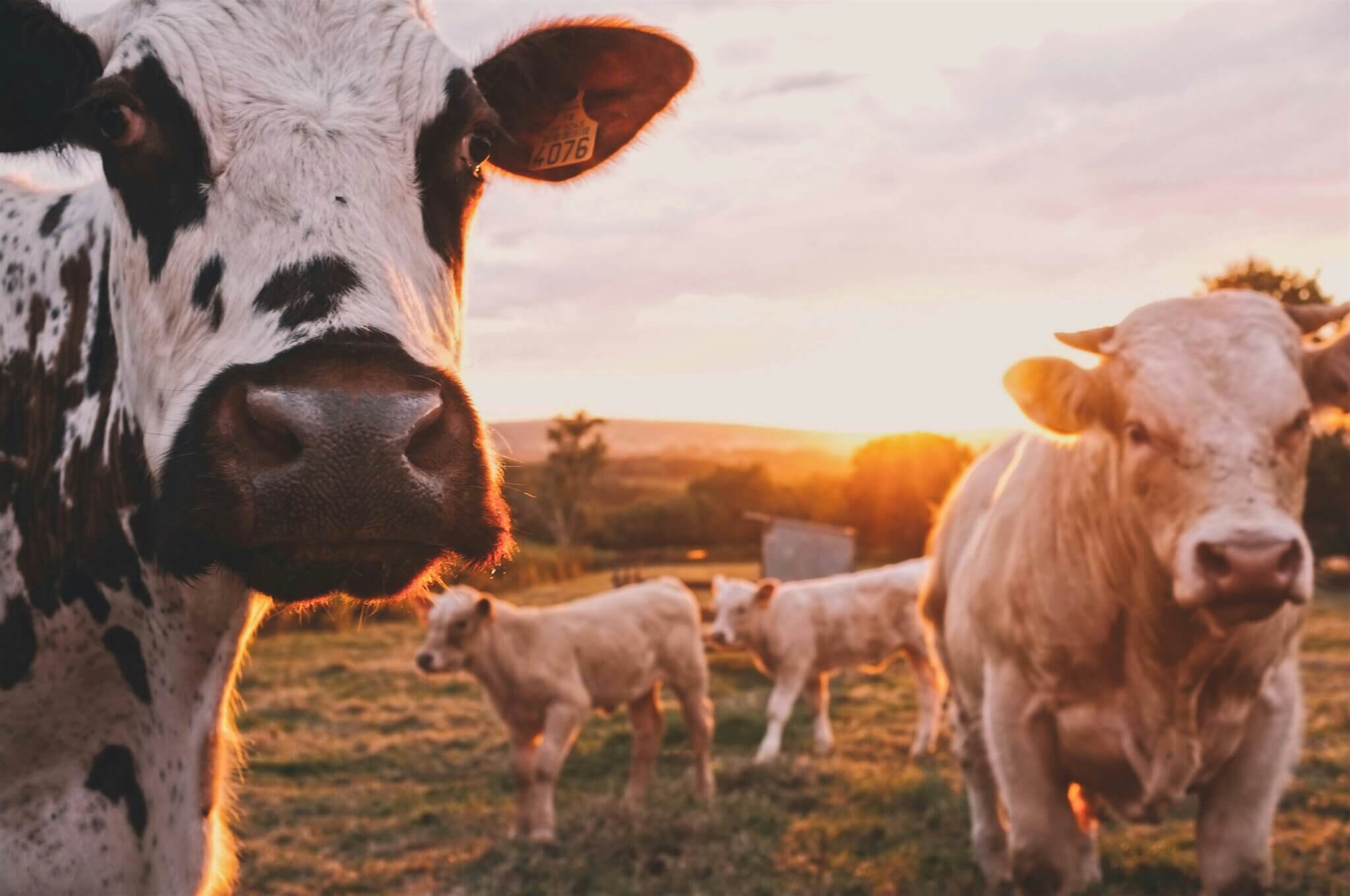
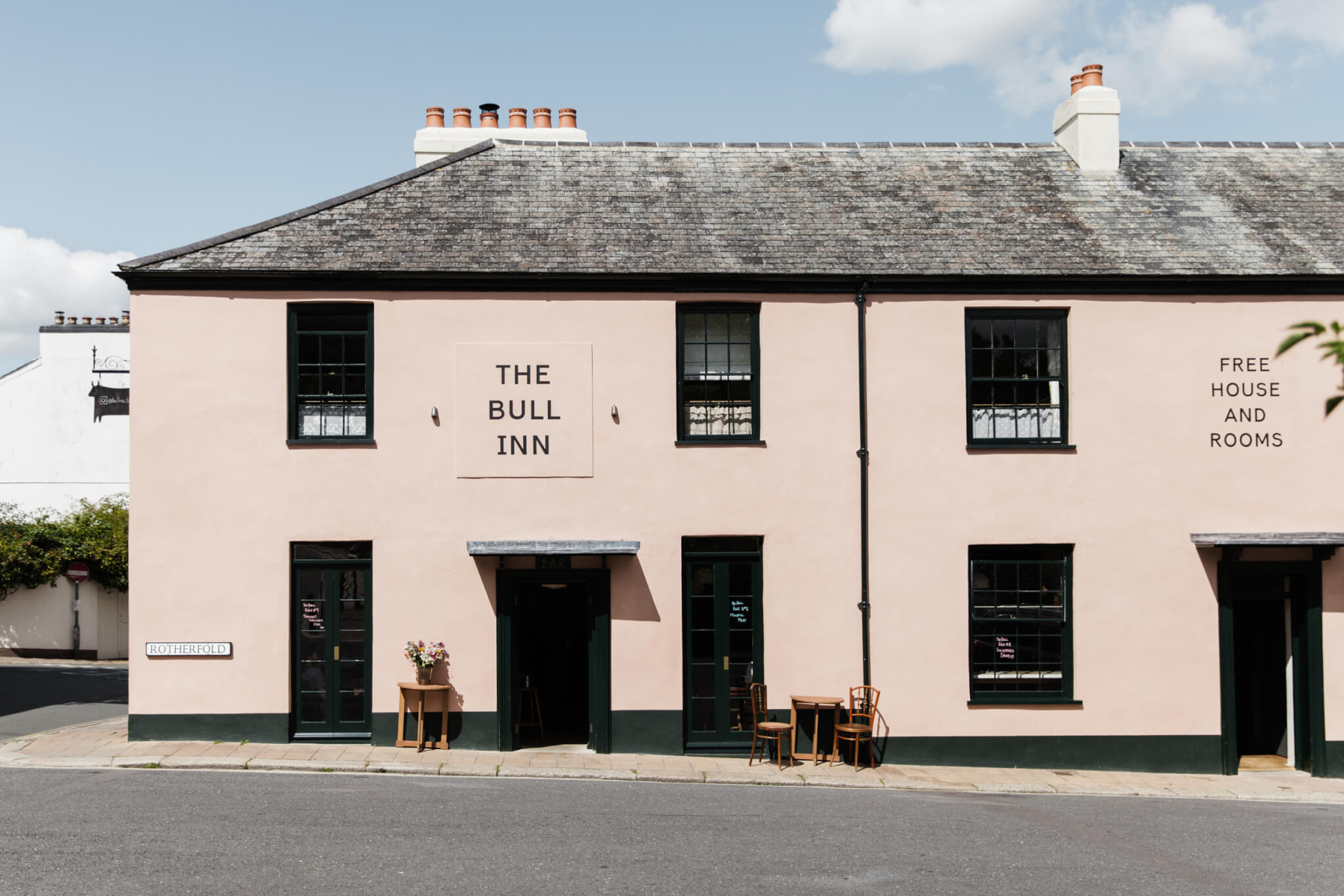

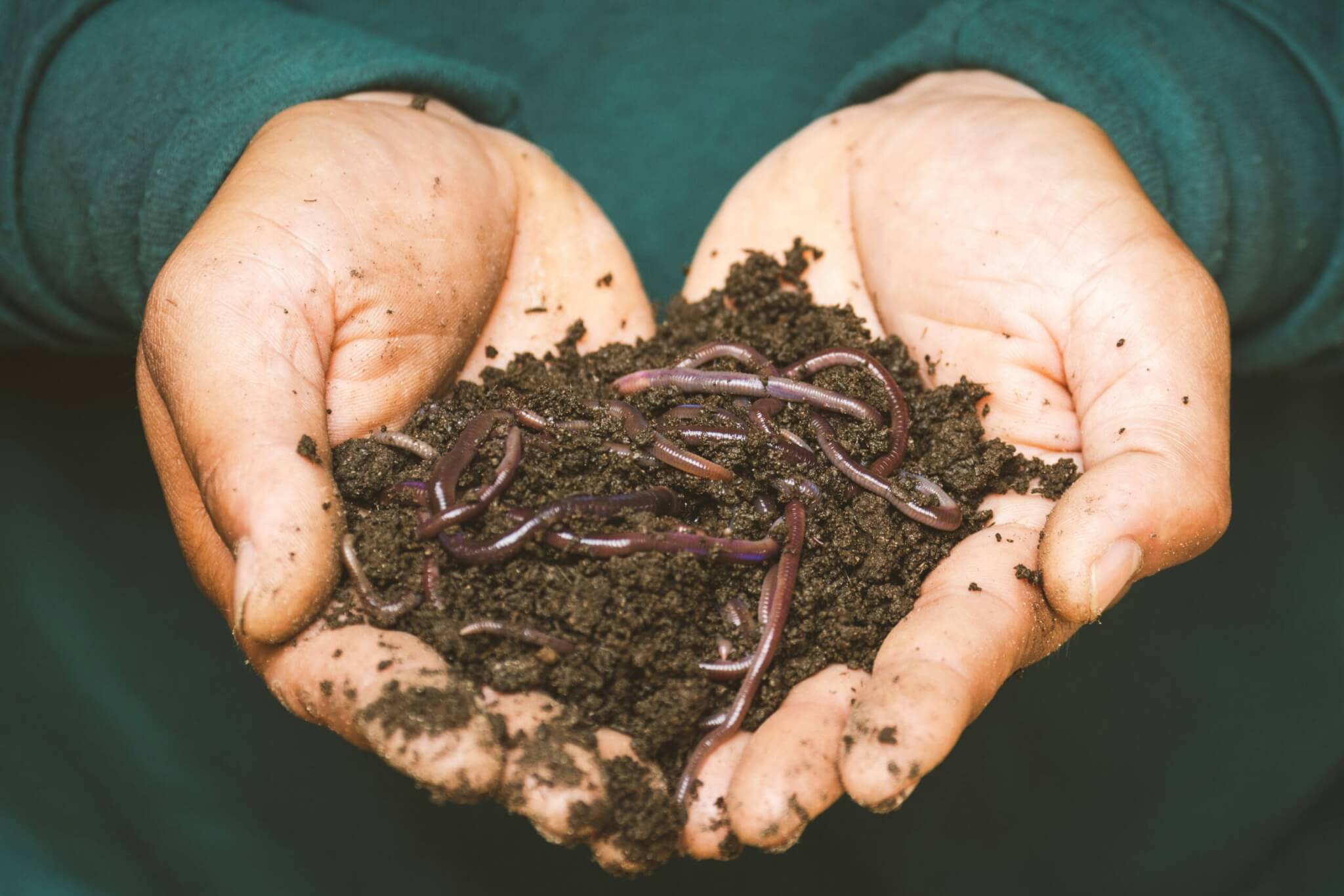
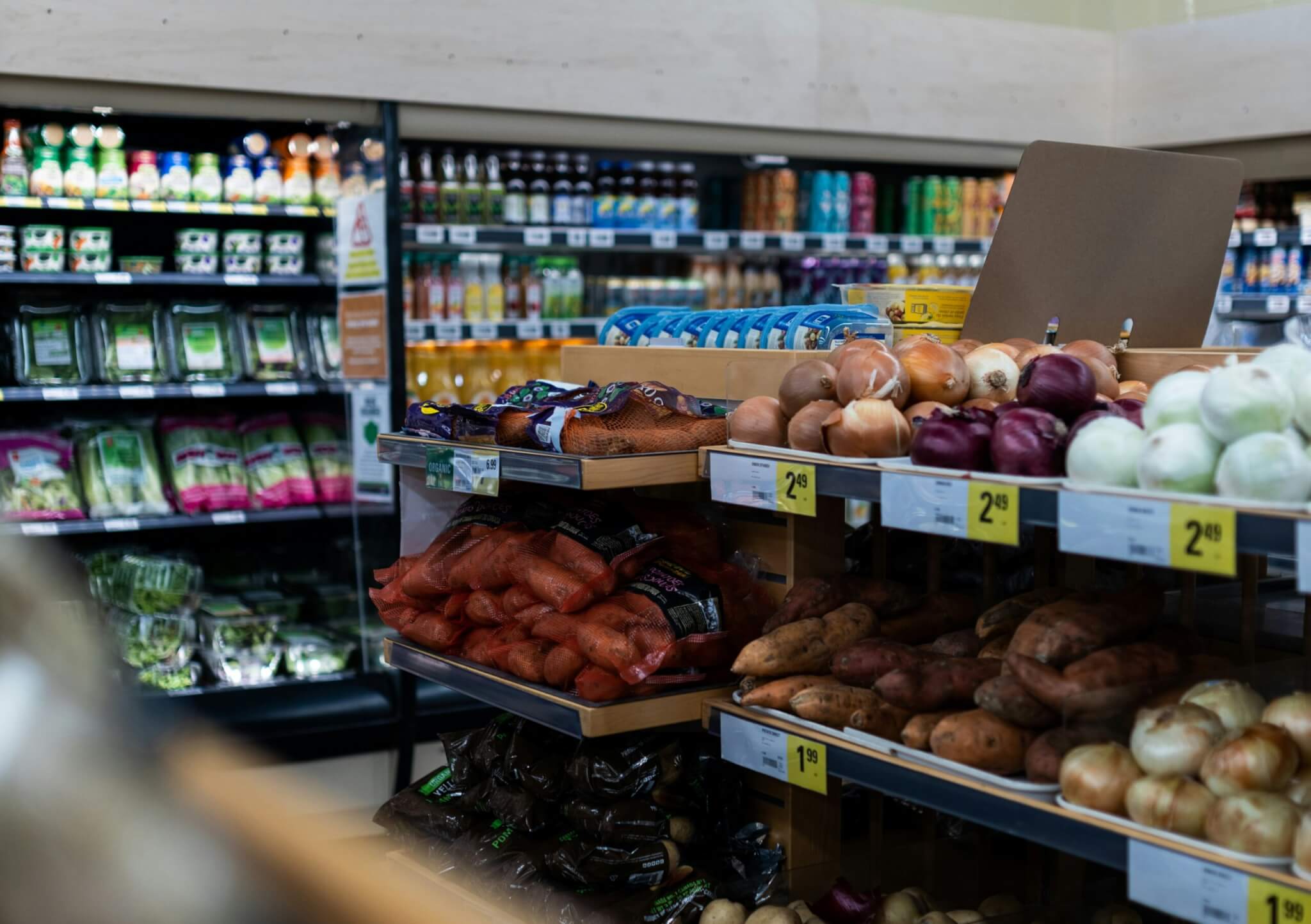

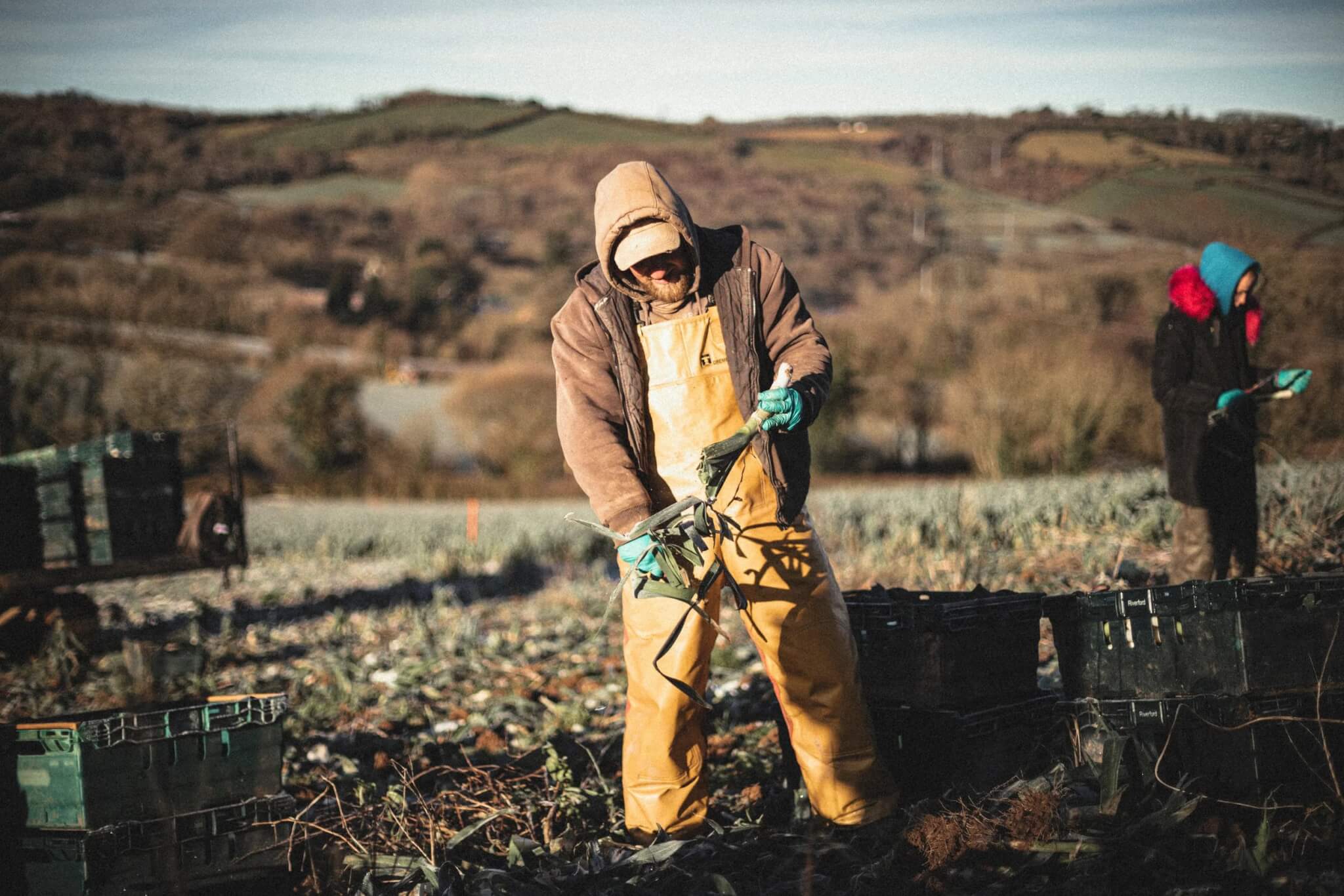
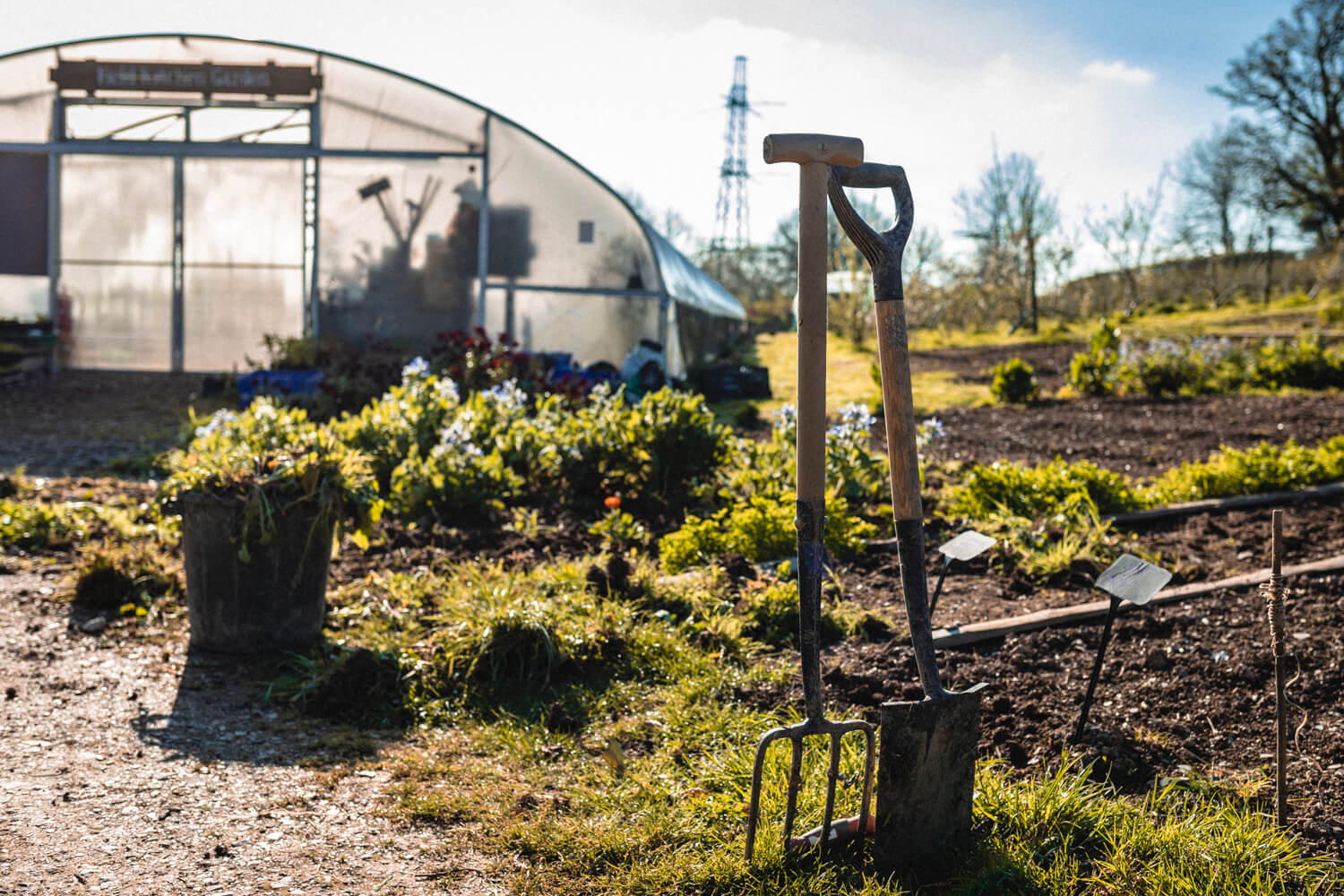
Thanks for this analysis…sigh…yet more greenwashing I fear. Much like the methane-reducing feed additive story.
I can’t see how the ‘grow them faster, kill them sooner’ regime helps to reduce harmful emissions. It just frees up space for the inhumane treatment of even more cattle. We’ve already employed this technique with broiler chickens and produced animals with such horrific health problems that their brief lives must be a blessing! Whenever I hear about meat being produced more ‘efficiently’ or ‘sustainably, I know that it’s the animals that are going to pay the price. Rather than further compromising the welfare of cattle and dairy calves, why don’t we humans just eat far less beef…….or preferably none at all!
I agree. To make it look as if emissions are going down they measure per animal rather than look at total emissions which must remain the same or even increase. Here’s a Green Party policy around the issue of eating fewer animal products:
AR411 A reduction in the consumption of animal products would have benefits for the environment, human health and animal welfare. There is evidence that large-scale animal agriculture is a significant contributor to greenhouse-gas emissions, habitat destruction, pollution and loss of biodiversity. The Green Party believes it is imperative to act and will actively promote an immediate transition from diets dominated by meat and other animal products to increasingly plant-based diets and to lifestyles using environmentally sustainable products derived from non-animal sources. The aim of these measures is to conserve natural resources, free up fertile land for increased production of plant-based foods and products, increase access to healthier food options, enforce animal welfare legislation and reduce animal cruelty. We will achieve this through research, education, economic measures and reformed approaches to farming (See also Food and Agriculture: FA101b).
I’m sure you wanted to read all that!
Agree 100%. As far as I can see, grass-fed outdoor cattle largely look after themselves (unlike Holsteins) and fertilise the soil for crops. Better for the farmer, who loses fewer animals and doesn’t need ‘inputs’, and better for the rest of us.